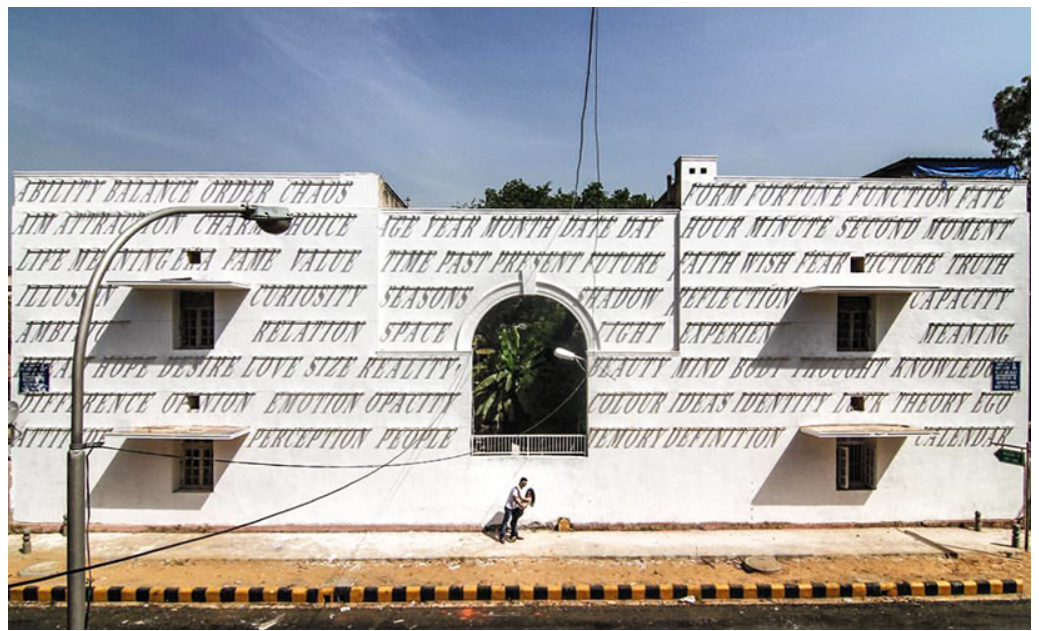Indian miniatures from the past exemplify unparalleled artistry and cultural depth, representing a diverse range of regional schools such as Mughal, Rajput, and Pahari. These miniature paintings, meticulously crafted with delicate brushwork and vibrant hues on tiny surfaces, served as captivating records of courtly life, religious tales, and literary epics during the medieval and early modern eras. Today, these masterpieces continue to enchant viewers with their timeless beauty and profound portrayal of India's rich artistic heritage, serving as enduring testaments to the country's vibrant cultural legacy.

Despite belonging to a bygone era, these miniature paintings continue to resonate deeply within the contemporary art scene in India, inspiring artists to reinterpret, reinvent, and pay homage to this rich cultural legacy. Let's delve into the significance of Indian miniatures and explore how they have left an indelible mark on contemporary art, influencing techniques, themes, and artistic sensibilities.
The importance of Indian miniatures lies not only in their aesthetic allure but also in the technical mastery they embody. In October 2023, an exhibition, titled, ‘PLAY: Experiments with Indian Miniatures’ was unveiled by the Bengaluru-based gallery KAASH, showcasing contemporary miniature artists from the Rajput School of Pahari Painting and the Surpur School.

The exhibition featured three prominent artists—Riyazuddin, Gargi Chandola, and Vijay Siddramappa Hagargundgi—who challenged traditional iconographic norms and expanded narrative boundaries through their works, exploring themes of play, festivals, games, sensuality, and pleasure. Historical context was provided and the immersive experience was enhanced by juxtaposing the artworks against large-scale projections of South Indian miniatures from the Victoria & Albert Museum.

Renowned Indian artist Nilima Sheikh brought a modern perspective to miniature painting, reshaping its traditional boundaries. Exploring the medium later in her career, she taught herself the techniques, drawing inspiration from pre-modern artworks and diverse Asian art forms.
Employing narrative storytelling reminiscent of pattachitra and manuscript paintings, Sheikh's series ‘When Champa Grew Up’ (1984) stands out for its emotional depth and poignant portrayal of a young girl's tragic ordeal at the hands of her in-laws. Using tempera on handmade wasli paper from Sanganer, she infused her paintings with rich symbolism and raw authenticity, offering a unique commentary on societal norms and human experiences.
The Singh Twins, British artists of South Asian descent, were drawn to the intricate details of Mughal paintings during their childhood visits to museums in India. Disappointed by the predominance of Western styles in contemporary Indian art galleries, they felt compelled to revive the traditional form. Immersing themselves in the study and replication of classic artworks, the Twins utilized both traditional painting techniques and digital media to assert their Indian identity and challenge the Eurocentric bias they encountered. Through their art, they aimed to challenge the perception that traditional Indian art was irrelevant in modern contexts, pioneering the modern Indian miniature style since the 1990s.

The Singh Twins employ a diverse array of tools, materials, and techniques in their artistic practice. While their exquisitely detailed 'miniatures' are meticulously painted by hand, their fabric pieces are digitally produced, incorporating elements from digitally scanned hand-painted and historical materials. These digital fabric artworks are expansive in scale and mounted on light boxes, accentuating their vibrant colours and bold compositions.

Waswo X Waswo, an American artist and photographer, embarked on a transformative journey whilst collaborating with local artists from Udaipur, notably R. Vijay. Departing from the conventional karkhana style, where anonymity prevailed among artists working collectively on single paintings, Waswo advocated for individual recognition. He encouraged Vijay to sign his works, thereby fostering an environment of acknowledgement for each artist's unique contribution.
His renowned series, ‘A Studio in Rajasthan,’ epitomises his collaborative ethos, featuring partnerships with artists such as Rajesh Soni, Dalpat Jingar, R. Vijay, Chirag and Shankar Kumawat. Renowned for his contemporary miniature paintings, Waswo seamlessly integrates elements from Mughal Miniature Paintings, Mewar Court Miniatures, and The Company School. His artworks often portray him as the central protagonist, interacting with Indian characters, imbuing his pieces with a confessional and humorous undertone. Exploring themes of identity and 'Otherness,' Waswo's creations strike a delicate balance between the poignant and the problematic, inviting viewers into a realm of both visual and thematic depth.
In conclusion, Indian miniatures continue to exert a profound influence on the contemporary art scene in India and beyond, serving as a source of inspiration, innovation, and cultural heritage for artists working today. Whether through their aesthetic beauty, technical mastery, or narrative potency, miniatures offer a rich tapestry of possibilities for artists seeking to engage with the complexities of the past and the present. By paying homage to the legacy of Indian miniatures while also pushing the boundaries of artistic expression, contemporary artists ensure that this remarkable art form remains vibrant and relevant for generations to come!




Leave a Comment